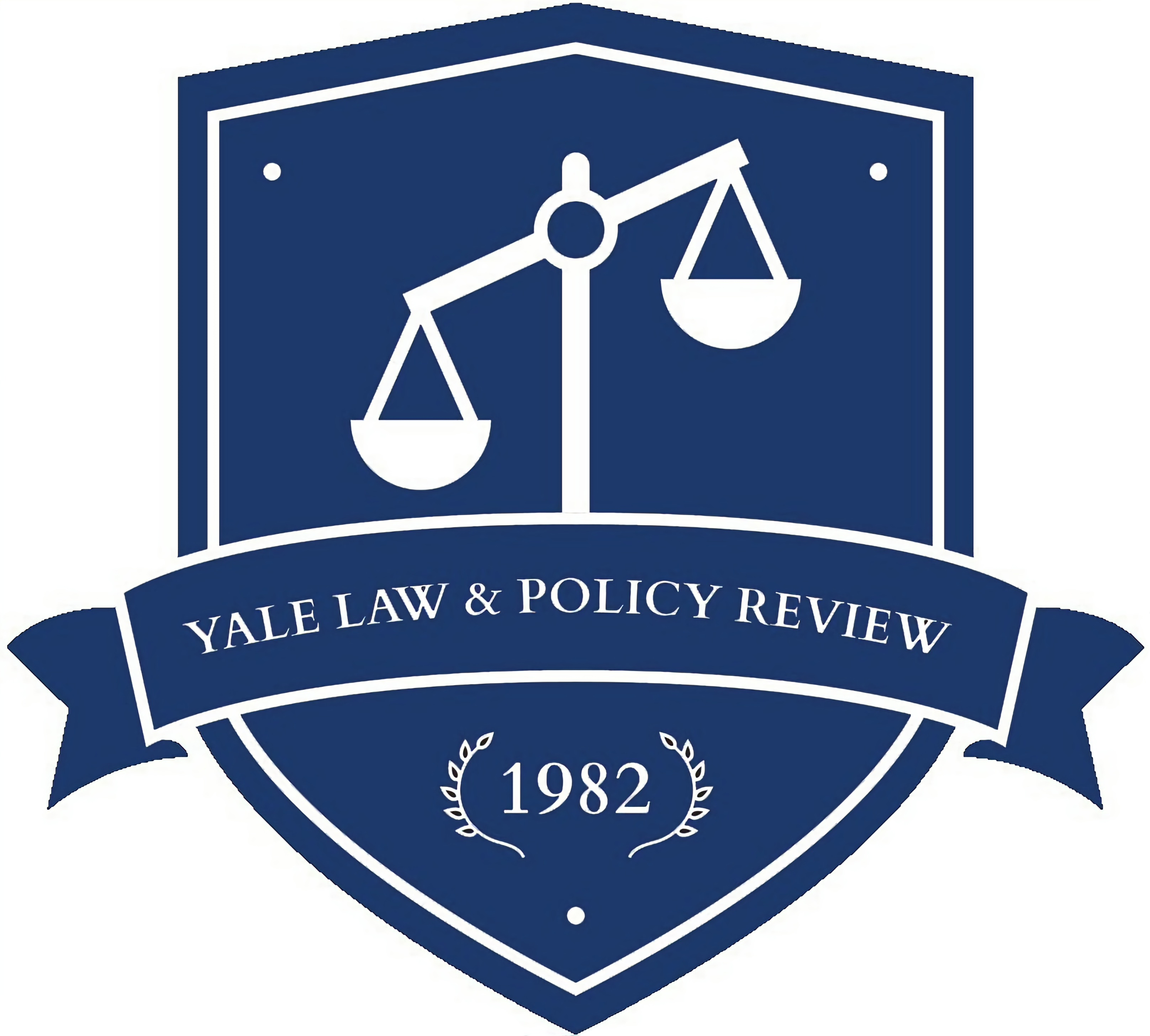Given these recent shifts in the legal landscape, and considering that the judiciary’s role in reviewing proposed enforcement decrees is still unclear in most circuits, it’s worth asking how courts should best proceed when asked to approve enforcement decrees. This Article furthers that inquiry. Part I examines recent judicial skepticism of proposed enforcement decrees, focusing on one especially notable example: U.S. District Court Judge Jed Rakoff’s rejection of a proposed agreement between the SEC and Citigroup. It then explains how the Second Circuit, in reversing Judge Rakoff, set out a new standard of review that limits judicial oversight of proposed enforcement decrees. It also touches on other recent cases where federal district judges have declined to approve similar enforcement proposals. Part II situates this recent judicial skepticism in a more familiar framework, arguing that these district judges are engaging in something akin to “hard look” review. Part III then encourages a different approach. After contrasting the disparate frameworks used by the district and circuit courts in Citigroup, Part III suggests that an optimal approach may lie somewhere in the middle—a place where courts can still police proposed enforcement decrees for substantive unreasonableness at the margins while assuring that judges give significant deference to agencies’ discretionary decisions to settle enforcement actions on particular terms.
J.D., Class of 2013, The University of California, Berkeley, School of Law. I am grateful to Anne O’Connell, Stephen Bundy, David Feder, Jerry Cedrone, Collin White, Gregory Miller, Corey Laplante, and the staff of the Yale Law & Policy Review for their insightful comments.
